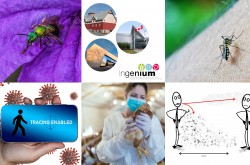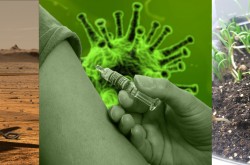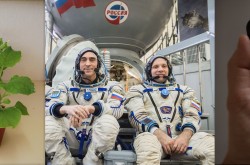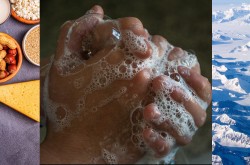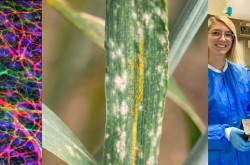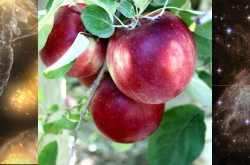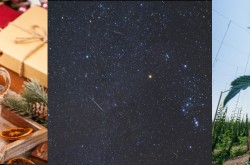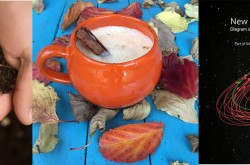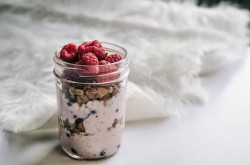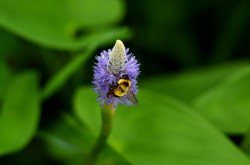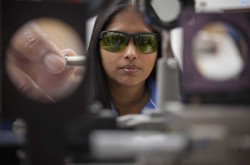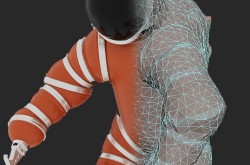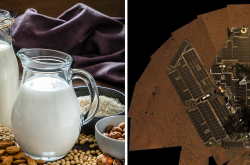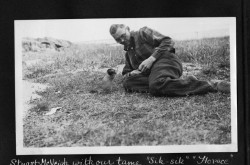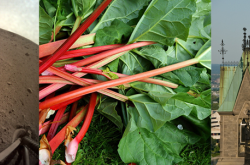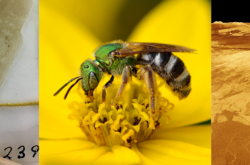A Sense of Fair Play in Dogs and Wolves

Have you ever been in a situation where you and a friend/colleague both performed the same task but only the colleague got praise for it? It's frustrating isn't it? And if it happens over and over you might even stop working with them. Turns out, dogs do this too, and so do wolves. A new study in the journal Current Biology has found that dogs and wolves both have a strong "sensitivity to inequity." Funny enough, dogs actually are less sensitive to it, likely because, from a dog's point of view, they are always treated unfairly (i.e., not allowed on the couch, don't get to eat what you're eating, etc.). Humans are conditioning the sensitivity to inequity out of dogs.




